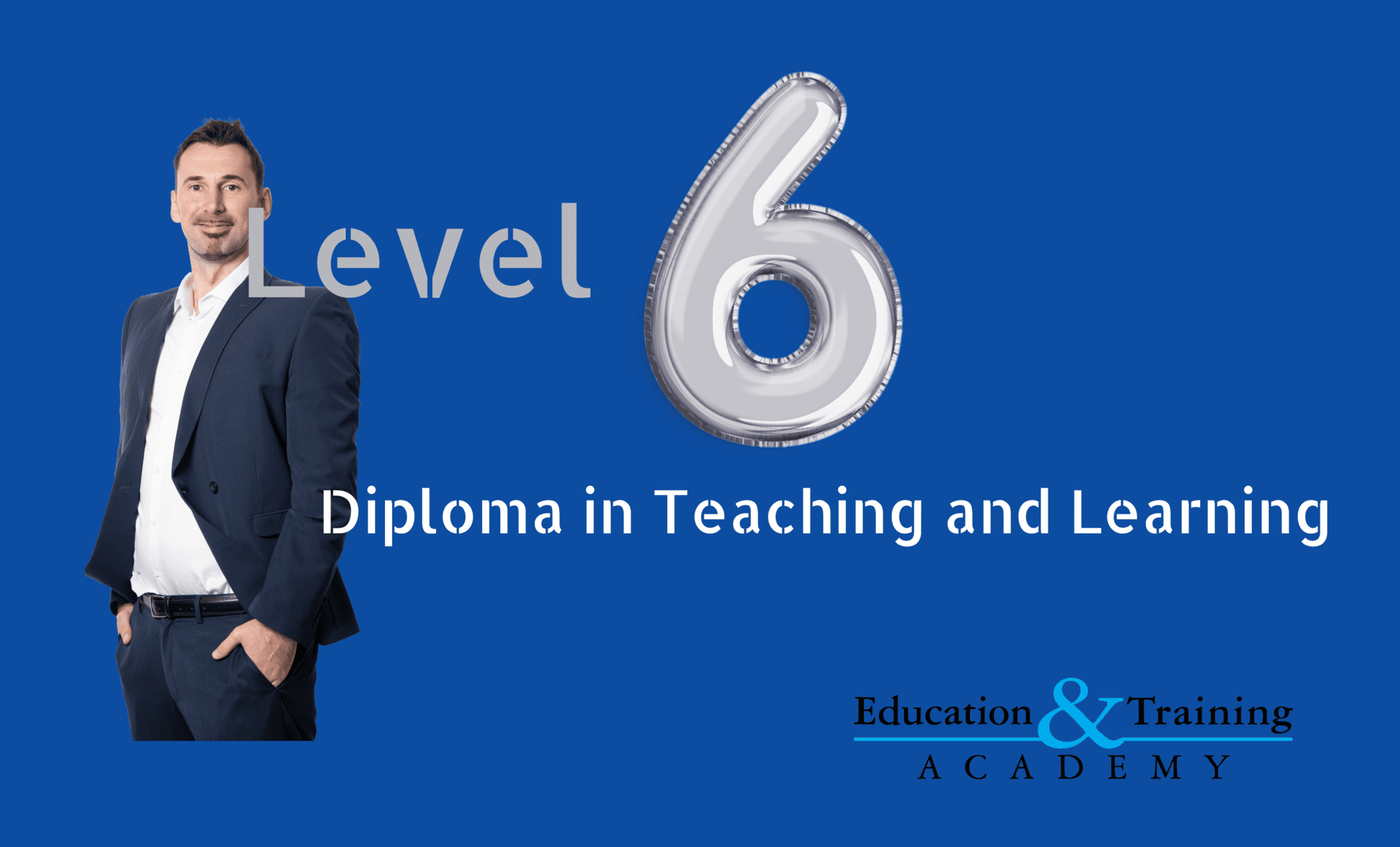
Crafting Safe Havens: Ensuring Inclusivity in the "Level 6 Diploma in Teaching and Learning" & "Level 5 Diploma in Teaching (FE and Skills) (DiT)"
In the journey of education, particularly within the frameworks of the "Level 6 Diploma in Teaching and Learning" and the "Level 5 Diploma in Teaching (FE and Skills) (DiT)", creating a learning space where every student feels respected, valued, and fully engaged is not just an ideal—it's a necessity. This blog delves into effective strategies to cultivate such an environment, where inclusivity and safety form the bedrock of educational excellence.
Setting the Stage with Clear Expectations
At the core of the "Level 6 Diploma in Teaching and Learning" and the "Level 5 Diploma in Teaching (FE and Skills) (DiT)" is the establishment of clear behavioural expectations. By delineating what respectful communication looks like within these programmes, educators can foster a culture of active listening and open-mindedness. This foundational step ensures that all students know what is expected of them, creating an atmosphere ripe for learning and growth.
Building Bridges: Cultivating Positive Relationships
A key pillar supporting the "Level 6 Diploma in Teaching and Learning" and the "Level 5 Diploma in Teaching (FE and Skills) (DiT)" is the emphasis on building positive, trusting relationships between educators and learners. Understanding each student's unique background and showing a genuine interest in their experiences not only bolsters a sense of belonging but also lays the groundwork for open and honest communication.
Inclusivity Through Curriculum Design
For the "Level 6 Diploma in Teaching and Learning" and the "Level 5 Diploma in Teaching (FE and Skills) (DiT)", an inclusive curriculum is indispensable. Selecting materials that mirror the diversity of the classroom enriches learners' educational experiences and promotes a broader understanding of the world. By incorporating a variety of perspectives into the curriculum, educators can challenge learners to think critically and appreciate the richness of human experience.
Differentiated Instruction: Meeting Individual Needs
Differentiated instruction is a cornerstone of the "Level 6 Diploma in Teaching and Learning" and the "Level 5 Diploma in Teaching (FE and Skills) (DiT)", enabling educators to tailor their teaching methods to accommodate the mosaic of learning styles, abilities, and needs present in their classrooms. This approach ensures that all learners, regardless of their starting point, have access to the education they deserve.
Accessibility and Accommodations: Leveling the Playing Field
Ensuring that the learning environment is physically and digitally accessible to all students is crucial within the "Level 6 Diploma in Teaching and Learning" and the "Level 5 Diploma in Teaching (FE and Skills) (DiT)". Providing necessary accommodations and leveraging technology to bridge gaps not only adheres to the principles of equality and respect but also underscores the importance of every learner’s success.
Fostering Participation: A Choir of Diverse Voices
Encouraging active participation is vital in the "Level 6 Diploma in Teaching and Learning" and the "Level 5 Diploma in Teaching (FE and Skills) (DiT)", as it allows all learners to contribute their perspectives, enhancing the collective learning experience. Creating avenues for participation that respect individual comfort levels ensures that every voice has the opportunity to be heard.
Ensuring Safety Through Effective Reporting Mechanisms
A key aspect of maintaining a safe learning environment in the "Level 6 Diploma in Teaching and Learning" and the "Level 5 Diploma in Teaching (FE and Skills) (DiT)" is the establishment of clear and confidential reporting mechanisms. This empowers students to speak up about any concerns, knowing that their voices will be heard and their issues addressed with the utmost seriousness and respect.
Conclusion: A Blueprint for Inclusive Excellence
The "Level 6 Diploma in Teaching and Learning" and the "Level 5 Diploma in Teaching (FE and Skills) (DiT)" are not just academic programmes; they are communities where every member’s growth, safety, and dignity are paramount. By weaving together the threads of clear expectations, positive relationships, diverse curricula, differentiated instruction, accessibility, active participation, and safe reporting mechanisms, educators can create a tapestry of inclusivity and safety that enriches the educational experience for every learner.

